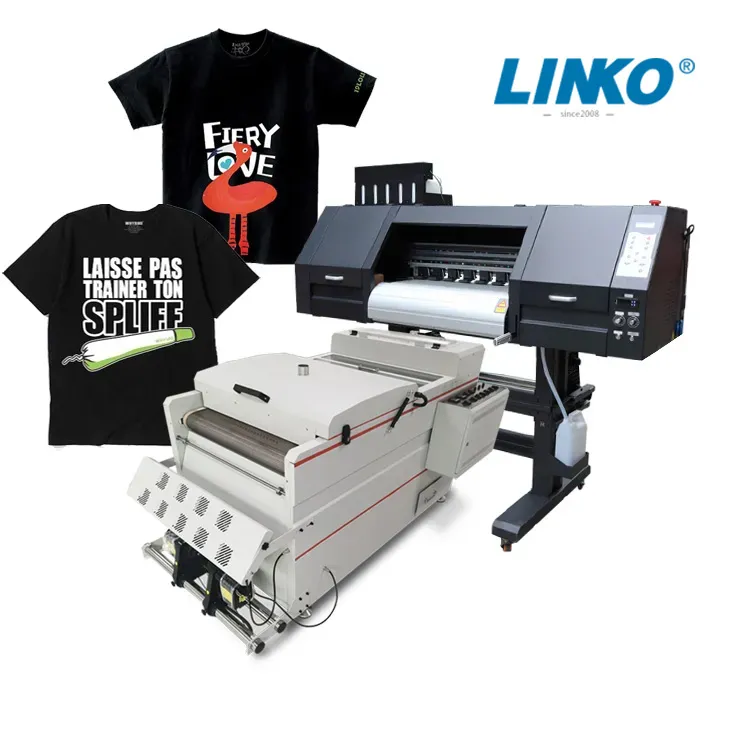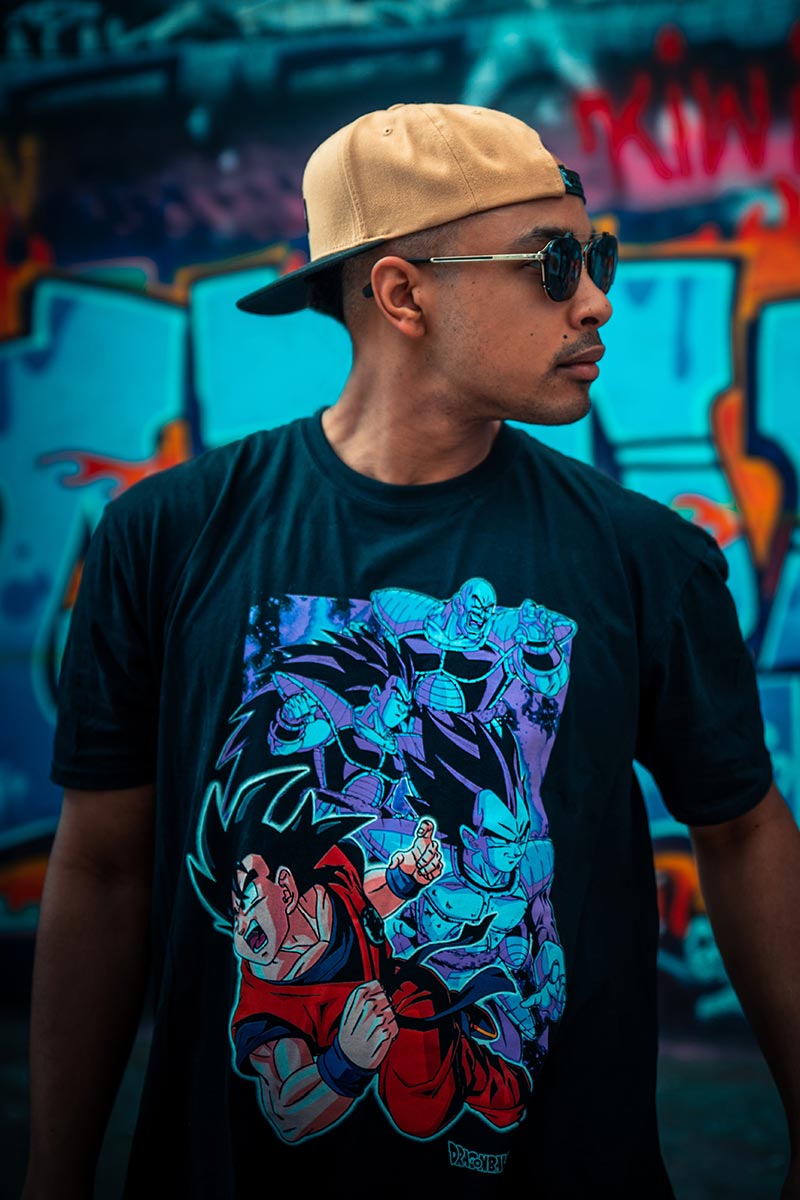Mastering DTF Printing: A Comprehensive Overview to Direct-to-Film Techniques
Mastering DTF Printing: A Comprehensive Overview to Direct-to-Film Techniques
Blog Article
The Future of Fashion: Discovering DTF Printing Technology in the Fabric Industry
Recently, the textile sector has experienced a marked shift in the direction of ingenious modern technologies that are reshaping the landscape of style production. Amongst these developments, Straight to Film (DTF) printing innovation has actually emerged as an appealing challenger, providing one-of-a-kind capabilities and chances for developers and producers alike. This sophisticated printing method has triggered interest due to its prospective to change traditional textile printing procedures. As we look into the ramifications and opportunities of DTF modern technology in the realm of fashion, it ends up being obvious that its assimilation could redefine industry standards and lead the means for a new era of innovative expression and effectiveness.
Advancement of Fabric Printing
Throughout background, the advancement of fabric printing has actually been a testament to the ingenious advancements in this complex art form. From the ancient civilizations using strategies like block printing to the electronic change of today, textile printing has actually continually pressed limits. The origins of textile printing can be mapped back to China around 220 ADVERTISEMENT, with making use of wooden blocks to publish on silk fabrics. As the craft spread to various other parts of the world, brand-new techniques such as screen printing and roller printing arised throughout the Industrial Transformation, transforming the fabric sector - DTF Printing.
In the 20th century, innovations in modern technology resulted in the development of rotating screen printing, permitting for faster and much more detailed styles. The intro of digital fabric printing in the late 20th century noted a substantial shift in the direction of more functional and sustainable printing techniques. Today, with innovations like Direct-to-Fabric (DTF) printing modern technology, designers can develop vivid, thorough prints with higher efficiency and minimized ecological effect. The advancement of textile printing showcases an abundant background of imagination, resourcefulness, and technological development in the world of fashion and style.
Benefits of DTF Innovation
With the advancement of fabric printing techniques from ancient techniques like block printing to contemporary developments such as electronic printing, the intro of Direct-to-Fabric (DTF) modern technology has considerably improved the performance and sustainability of fabric printing procedures. Among the key advantages of DTF technology is its capacity to straight publish layouts onto textile without the need for transfer papers, which decreases waste and simplifies the production process. Additionally, DTF printing enables better shade vibrancy and information accuracy contrasted to standard techniques, allowing textile makers to produce elaborate and top notch styles effortlessly.
Moreover, DTF technology is known for its adaptability, as it can be utilized on various types of textiles, consisting of natural fibers like cotton, wool, and silk, along with artificial materials such as polyester and nylon (DTF Printing). This flexibility opens a variety of opportunities for developers and makers to trying out various structures and products, resulting in more cutting-edge and unique products in the style market. Overall, the execution of DTF innovation stands for a substantial innovation in textile printing, offering numerous benefits that contribute to the future sustainability and creative thinking of the market
Sustainability in Style Production
Stressing environmentally friendly techniques is extremely important in contemporary style manufacturing, aligning with the growing customer need for lasting products. In recent times, the fashion business has dealt with raising scrutiny due to its considerable ecological influence, consisting of excessive water usage, chemical contamination, and textile waste. As a reaction, several fashion brands are currently incorporating sustainable methods right into their production processes to lessen harm to the environment.
Sustainability in vogue manufacturing encompasses various elements, such as making use of recycled and organic materials, lowering power consumption, carrying out moral labor practices, and promoting transparency throughout the supply chain. Furthermore, innovations in technology, like DTF printing, offer chances to additionally boost sustainability in fabric production. This modern technology enables precise printing on materials, decreasing ink waste and water use contrasted to standard printing approaches.
Layout Liberty and Modification

Moreover, DTF printing facilitates modification on a scale previously unattainable, permitting for personalized garments and one-of-a-kind pieces customized to specific preferences. On the whole, DTF printing technology revolutionizes the design landscape in the textile industry, providing countless possibilities for innovative expression and personalized fashion.
Effect on Supply Chain & Market Trends
DTF printing innovation in the fabric sector click for more is improving supply chain characteristics and affecting market fads through its efficiency and customization abilities. By allowing on-demand printing and getting rid of the demand for large inventories, DTF technology improves the supply chain process. Producers can produce items as needed, reducing waste and storage prices. This just-in-time manufacturing version additionally permits for quicker feedback to market needs and patterns, causing a much more nimble and responsive supply chain.
In addition, the customization possibility of DTF printing technology is reinventing the market trends in the textile sector. As a result, DTF innovation is driving a change towards more customer-centric and cutting-edge techniques within the fabric industry, shaping the future of style.

Conclusion
In final thought, DTF printing modern technology is transforming the fabric sector by offering many advantages such as layout liberty, sustainability, and modification. This innovative technology is reshaping the future of fashion production, affecting supply chains, and driving market patterns in the direction of extra efficient and environment-friendly methods. As the market remains to advance, DTF printing will certainly play a crucial role in shaping the way fabrics are generated and eaten in the years ahead.
From the old human beings making use of techniques like block printing to the electronic change of today, fabric printing has actually continuously pushed limits. As the craft spread to other parts of the globe, brand-new techniques such as screen printing and roller printing about his emerged throughout the Industrial Change, changing the textile market.
The introduction of digital textile printing in the late 20th century marked a considerable shift towards even more lasting and functional printing techniques.With the development of textile printing strategies from ancient techniques like block printing to contemporary advancements such as digital printing, the introduction of Direct-to-Fabric (DTF) innovation has actually substantially boosted the efficiency and sustainability of textile printing processes (DTF Printing).In response to the essential change towards sustainability in fashion production, the fostering of ingenious technologies like DTF printing not just addresses environmental concerns however also opens up methods for exceptional layout flexibility and customization in the fabric industry
Report this page